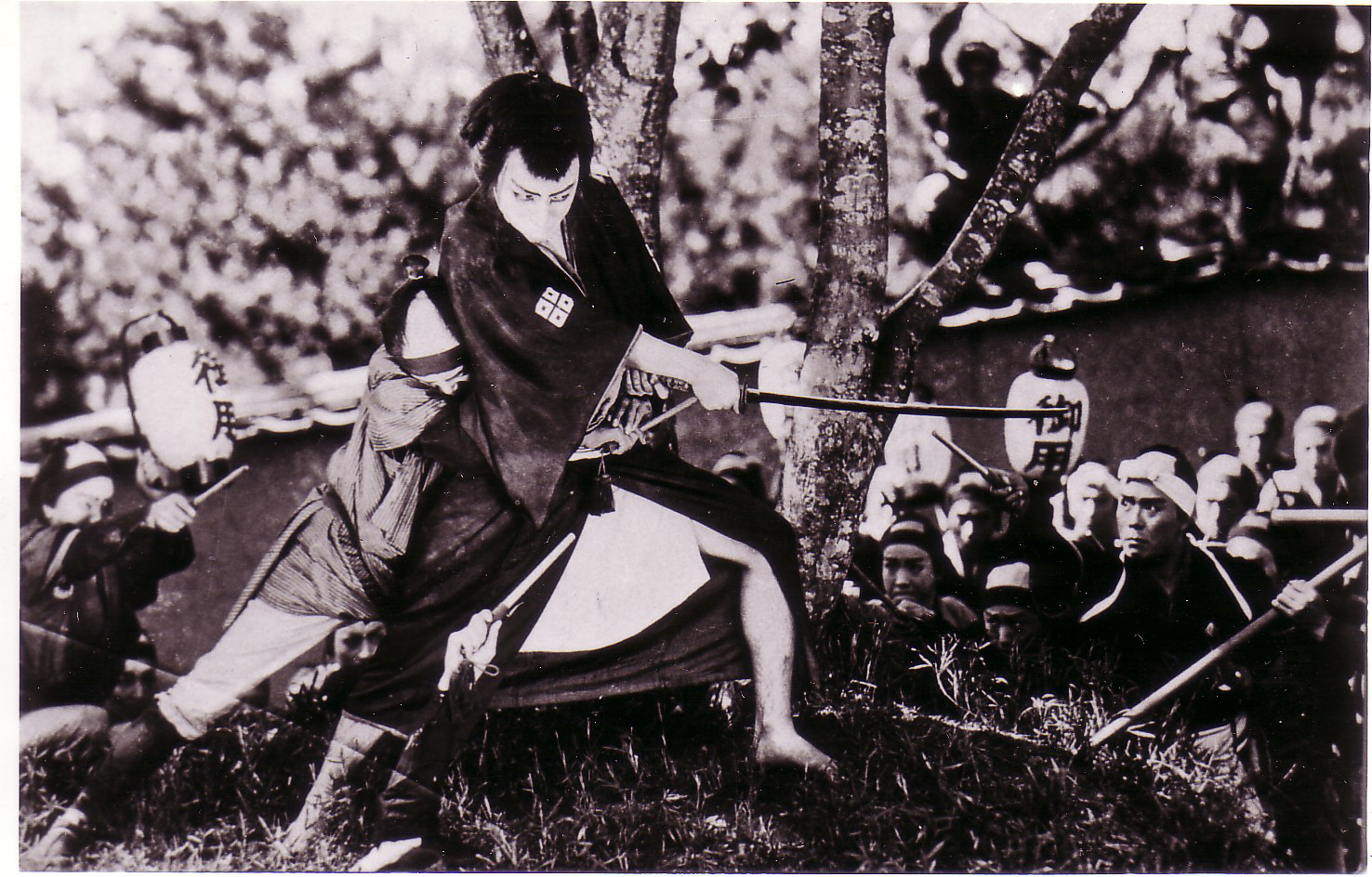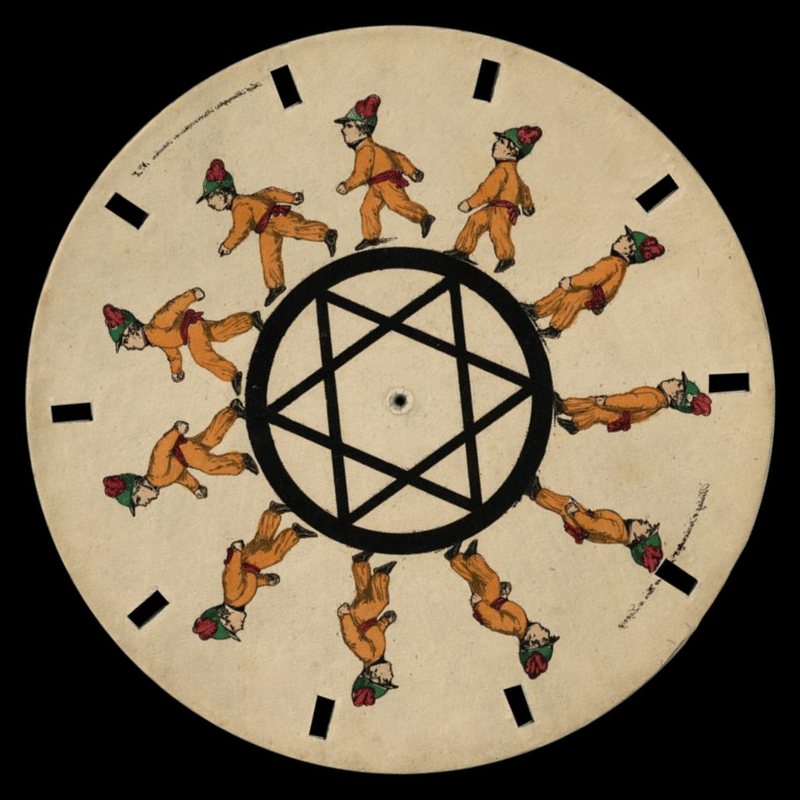|
Makino Film Productions
Makino Film Productions was a successful early film producing company active in Japanese cinema in the 1920s and 1930s. It was founded by the pioneering film director Shozo Makino in 1923. Makino produced many prominent films of the early era, and employed many directors and actors within its production. Makino separated from the Mikado Company he had founded in 1919 into an independent production company, Makino Film Productions, and from 1923 continued his work as a director and producer. In 1929, he started distributing talkies with a sound-on-disc Sound-on-disc is a class of sound film processes using a phonograph or other disc to record or play back sound in sync with a motion picture. Early sound-on-disc systems used a mechanical interlock with the movie projector, while more recent syst ... system. References External links and sources * Japanese film studios Mass media companies established in 1923 Japanese companies established in 1923 {{film-company-stub ... [...More Info...] [...Related Items...] OR: [Wikipedia] [Google] [Baidu] |
Film Producer
A film producer is a person who oversees film production. Either employed by a production company or working independently, producers plan and coordinate various aspects of film production, such as selecting the script, coordinating writing, directing, editing, and arranging financing. The producer is responsible for finding and selecting promising material for development. Unless the film is based on an existing script, the producer hires a screenwriter and oversees the script's development. These activities culminate with the pitch, led by the producer, to secure the financial backing that enables production to begin. If all succeeds, the project is " greenlighted". The producer also supervises the pre-production, principal photography and post-production stages of filmmaking. A producer is also responsible for hiring a director for the film, as well as other key crew members. Whereas the director makes the creative decisions during the production, the producer typicall ... [...More Info...] [...Related Items...] OR: [Wikipedia] [Google] [Baidu] |
Cinema Of Japan
The has a history that spans more than 100 years. Japan has one of the oldest and largest film industries in the world; as of 2021, it was the fourth largest by number of feature films produced. In 2011 Japan produced 411 feature films that earned 54.9% of a box office total of US$2.338 billion. Films have been produced in Japan since 1897, when the first foreign cameramen arrived. '' Tokyo Story'' (1953) ranked number three in '' Sight & Sound'' critics' list of the 100 greatest films of all time. ''Tokyo Story'' also topped the 2012 ''Sight & Sound'' directors' poll of The Top 50 Greatest Films of All Time, dethroning ''Citizen Kane'', while Akira Kurosawa's ''Seven Samurai'' (1954) was voted the greatest foreign-language film of all time in BBC's 2018 poll of 209 critics in 43 countries. Japan has won the Academy Award for the Best International Feature Film four times, more than any other Asian country. Japan's Big Four film studios are Toho, Toei, Shochiku and Kad ... [...More Info...] [...Related Items...] OR: [Wikipedia] [Google] [Baidu] |
Film Director
A film director controls a film's artistic and dramatic aspects and visualizes the screenplay (or script) while guiding the film crew and actors in the fulfilment of that vision. The director has a key role in choosing the cast members, production design and all the creative aspects of filmmaking. The film director gives direction to the cast and crew and creates an overall vision through which a film eventually becomes realized or noticed. Directors need to be able to mediate differences in creative visions and stay within the budget. There are many pathways to becoming a film director. Some film directors started as screenwriters, cinematographers, producers, film editors or actors. Other film directors have attended a film school. Directors use different approaches. Some outline a general plotline and let the actors improvise dialogue, while others control every aspect and demand that the actors and crew follow instructions precisely. Some directors also write thei ... [...More Info...] [...Related Items...] OR: [Wikipedia] [Google] [Baidu] |
Shōzō Makino (director)
Shōzō Makino (牧野省三, ''Makino Shōzō'', September 22, 1878, Kyoto – July 25, 1929) was a Japanese film director, film producer and businessman who is regarded as a pioneering director of Japanese film. In addition, all four of his sons, including Masahiro Makino and Sadatsugu Matsuda, went into the film business as either directors or producers, and his grandchildren include the actors Masahiko Tsugawa and Hiroyuki Nagato. Actress Yoko Minamida is a granddaughter-in-law. Career Makino was born in Kyoto on September 22, 1878. His mother ran a theater, and his association with movies began when the motion picture producer Einosuke Yokota of Yokota Shōkai asked for his help in filming period films. Shozo discovered actor Matsunosuke Onoe working in an itinerant kabuki troupe and enlisted him into becoming Japan's first film star. He directed over 60 Matsunosuke films a year in the early 1910s, most if not all short films. In addition to creating the unique genre ... [...More Info...] [...Related Items...] OR: [Wikipedia] [Google] [Baidu] |
Movie
A film also called a movie, motion picture, moving picture, picture, photoplay or (slang) flick is a work of visual art that simulates experiences and otherwise communicates ideas, stories, perceptions, feelings, beauty, or atmosphere through the use of moving images. These images are generally accompanied by sound and, more rarely, other sensory stimulations. The word "cinema", short for cinematography, is often used to refer to filmmaking and the film industry, and to the art form that is the result of it. Recording and transmission of film The moving images of a film are created by photographing actual scenes with a motion-picture camera, by photographing drawings or miniature models using traditional animation techniques, by means of CGI and computer animation, or by a combination of some or all of these techniques, and other visual effects. Before the introduction of digital production, series of still images were recorded on a strip of chemically sensit ... [...More Info...] [...Related Items...] OR: [Wikipedia] [Google] [Baidu] |
Production Company
A production company, production house, production studio, or a production team is a studio that creates works in the fields of performing arts, new media art, film, television, radio, comics, interactive arts, video games, websites, music, and video. These groups consist of technical staff to produce the media, and are often incorporated as a commercial publisher. Generally the term refers to all individuals responsible for the technical aspects of creating a particular product, regardless of where in the process their expertise is required, or how long they are involved in the project. For example, in a theatrical performance, the production team has not only the running crew, but also the theatrical producer, designers and theatrical direction. Tasks and functions The production company may be directly responsible for fundraising the production or may accomplish this through a parent company, partner, or private investor. It handles budgeting, scheduling, scriptin ... [...More Info...] [...Related Items...] OR: [Wikipedia] [Google] [Baidu] |
Sound-on-disc
Sound-on-disc is a class of sound film processes using a phonograph or other disc to record or play back sound in sync with a motion picture. Early sound-on-disc systems used a mechanical interlock with the movie projector, while more recent systems use timecode. Examples of sound-on-disc processes France * The Chronophone ( Léon Gaumont) "Filmparlants" and phonoscènes 1902–1910 (experimental), 1910–1917 (industrial)Thomas Louis Jacques Schmitt, « The genealogy of clip culture » in Henry Keazor, Thorsten Wübbena (dir.) ''Rewind, Play, Fast Forward'', transcript, United States * Vitaphone introduced by Warner Bros. in 1926 * Phono-Kinema, short-lived system, invented by Orlando Kellum in 1921 (used by D. W. Griffith for '' Dream Street'') * Digital Theater Systems United Kingdom * British Phototone, short-lived UK system using 12-inch discs, introduced in 1928-29 ('' Clue of the New Pin'') Other * Systems with the film projector linked to a phonograph or cylinde ... [...More Info...] [...Related Items...] OR: [Wikipedia] [Google] [Baidu] |
Japanese Film Studios
Japanese may refer to: * Something from or related to Japan, an island country in East Asia * Japanese language, spoken mainly in Japan * Japanese people, the ethnic group that identifies with Japan through ancestry or culture ** Japanese diaspora, Japanese emigrants and their descendants around the world * Japanese citizens, nationals of Japan under Japanese nationality law ** Foreign-born Japanese, naturalized citizens of Japan * Japanese writing system, consisting of kanji and kana * Japanese cuisine, the food and food culture of Japan See also * List of Japanese people * * Japonica (other) * Japonicum * Japonicus * Japanese studies Japanese studies ( Japanese: ) or Japan studies (sometimes Japanology in Europe), is a sub-field of area studies or East Asian studies involved in social sciences and humanities research on Japan. It incorporates fields such as the study of Japane ... {{disambiguation Language and nationality disambiguation pages ... [...More Info...] [...Related Items...] OR: [Wikipedia] [Google] [Baidu] |
Mass Media Companies Established In 1923
Mass is an Intrinsic and extrinsic properties, intrinsic property of a body. It was traditionally believed to be related to the physical quantity, quantity of matter in a Physical object, physical body, until the discovery of the atom and particle physics. It was found that different atoms and different elementary particle, elementary particles, theoretically with the same amount of matter, have nonetheless different masses. Mass in modern physics has multiple Mass in special relativity, definitions which are conceptually distinct, but physically equivalent. Mass can be experimentally defined as a measure (mathematics), measure of the body's inertia, meaning the resistance to acceleration (change of velocity) when a net force is applied. The object's mass also determines the Force, strength of its gravitational attraction to other bodies. The SI base unit of mass is the kilogram (kg). In physics, mass is Mass versus weight, not the same as weight, even though mass is often det ... [...More Info...] [...Related Items...] OR: [Wikipedia] [Google] [Baidu] |



